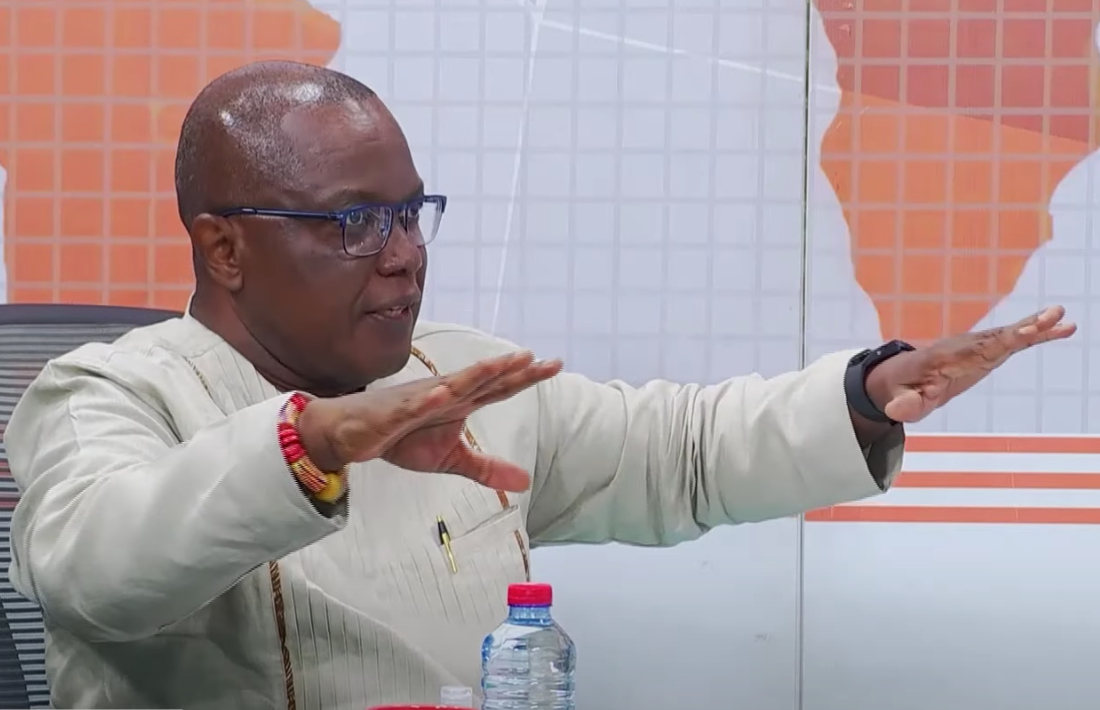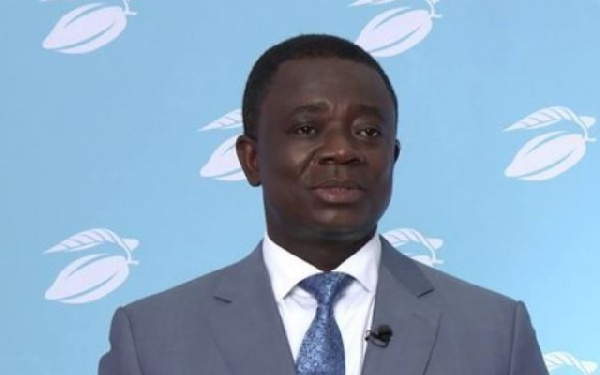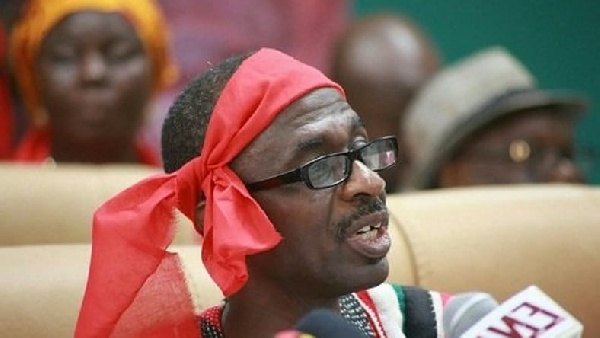
The Ghanaian economy: Is our mother dead or asleep? – Nii Moi Thompson asks

The president’s claim in 2023 that the Ghanaian economy had “turned the corner” and that the future looked brighter than ever before appears to be at variance with data from his government and the reality on the ground.
The lack of variation in growth rates under the industrial and services sectors is equally worrying. A critical look at the comparative growth rates for the three broad sectors (agriculture, industry and services) from 2017 to 2023 suggests that the figures for 2024 might have been place holders, or dummy data, that were not replaced with real data before the budget was released. If so, every policy decision based on them would be equally wrong. This will have serious implications for budget performance in 2024.
The projected growth rates from 2025 to 2027 are no better. They are made up of exactly 4.2%, 4.7% and 5.0% across all the sub-sectors, except mining and quarrying (where planning and investment tend to be more professional and reliable). Such identical growth rates across structurally different sectors are only possible in a perfect world of perfect knowledge of the future.
And then there are Bank of Ghana’s latest statistics on Ghana’s public debt, as contained in its March 2024 edition of Summary of Economic and Financial Statistics. The reported debt/GDP ratios from December 2022 to December 2023 are based, strangely, on fixed nominal monthly GDP of GH¢841.6 billion throughout 2023 (and GH¢614.3 billion for December 2022), despite high and rising inflation during that period
This means that actual debt/GDP ratios may be lower than what was reported by the Bank, although total nominal debt, as contained in the Summary, increased from GH¢446.3 billion in December 2022 to GH¢610 billion December 2023, a growth of about 37.0%
That is not what is happening. Indeed, data from the Bank on business credit, the oxygen of any economy, shows that businesses are gasping for air. Credit to the private sector, adjusted for inflation, declined consistently from February 2023 to the beginning of 2024, averaging 18.8% decline per month, with the largest decline of 31.6% occurring in October 2023 (see the graph below).
As if things aren’t bad enough, along comes a resurgence of dumsor with a vengeance (and a government in denial), the result of a steady decline in investment in the electricity sector since the last dumsor was resolved, as shown in the graph below. Money from the Energy Sector Levy Act (ESLA), introduced by the Mahama government in 2015 to pay off debt in the sector and put it on a stronger footing to prevent future dumsor, has been squandered, and technical and financial losses from electricity distribution have increased from 23.3% in 2015 to 30% in 2022, instead of being reduced to 12% by 2021 and 5% by 2029, as recommended in the 40-Year Development Plan






